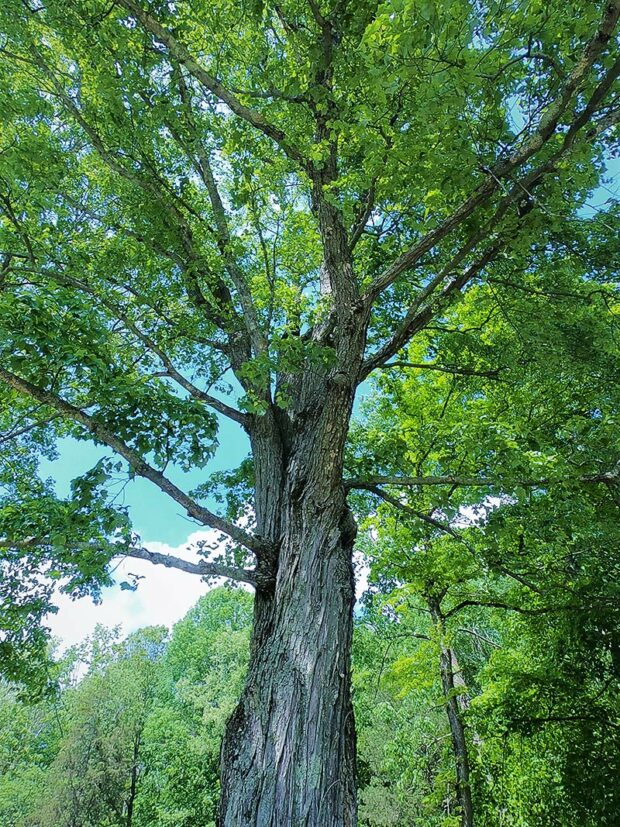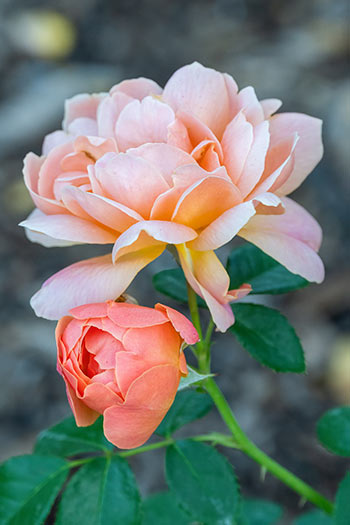One of the most important parts of gardening is the edge. A nicely cut edge is a treat for the garden and the eyes, but more important, it’s a first-line defense against weeds.
Where do most of your problem weeds come from? Some blow in as seeds, some germinate from seeds that were lying dormant in the soil when you dig in the garden, and some come in with compost and mulch, but most are invaders from the edge. So what edging do you have to stop them? Maybe you have plastic, metal, wood, or no defined edge. Or maybe you have the best of all: a cut edge. Nothing completes a garden better than a cleanly cut edge.
Perhaps you are wondering how a cut edge (air edge) can work better than the other types. That means that air is the barrier that bars weeds from your beds. Air works as well as the other types of edging and is variable according to the weeds you’re trying to keep out of the garden. You can vary the depth and width of the trench that is the cut edge, depending on how deep the weed’s roots are running that you’re trying to keep out of the garden, and how far the weed’s “arms” reach.
Standard black plastic edging is between 3 and 4 inches deep. Many problem weeds will go deeper and creep under that edge into the beds. A gardener who cuts an edge can simply cut deeper for those that dive below four inches. For weeds that cross into a bed by growing over the ground and rooting from the tips of those branches, the gardener cuts the trench wider.
The steps to make a cut edge
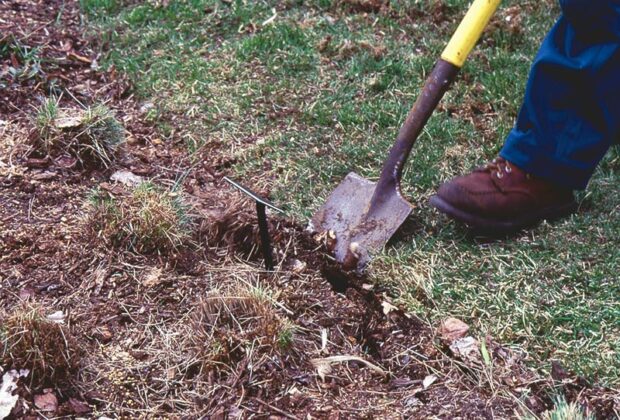
1. Using a sharp spade, slice down through the turf, then pull back on the handle. This “pops” out the cut turf and part of the garden soil. You do this to help loosen the soil into the bed, which allows for easier pulling of the weeds creeping into the bed from the edge. You can cut an edge any time you want to, but the best time is in the spring or fall, because it has a more lasting effect.
2. Grab the cut piece of the edge and shake the excess soil into the bed. Watch for and pick up pieces of root that fall off. Save your back and vary your activities by cutting just 10 to 20 feet of edge at a time, then stop to remove the sod and weeds you’ve just cut.
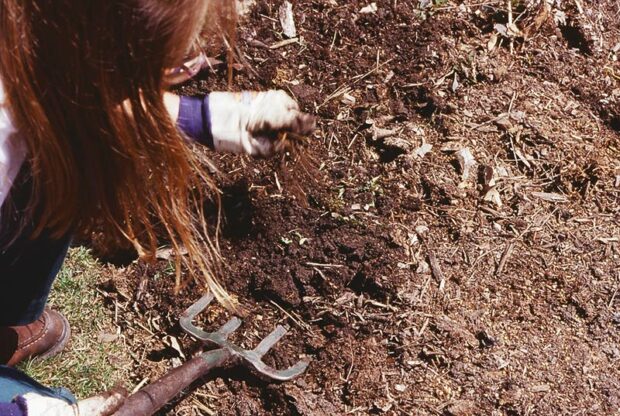
3. If you feel roots break off from the weedy strip you are removing, go after them. Use a fork to loosen the soil further into the bed and remove those roots. Clean out the air trench, pushing the excess soil into the bed.
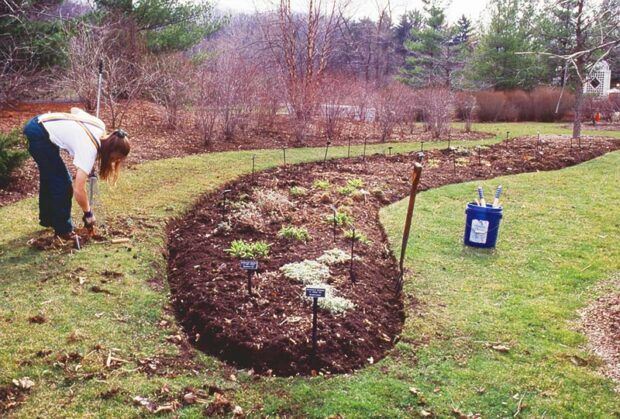
4. After you are finished, notice that you have weeded at least one foot into the bed. All that is left to weed is the interior of the bed, but the weediest area is under control now. In terms of maintenance, it is ideal to cut an edge 2 or 3 times a year: in the spring and fall, and in the summer if it needs touch-up.
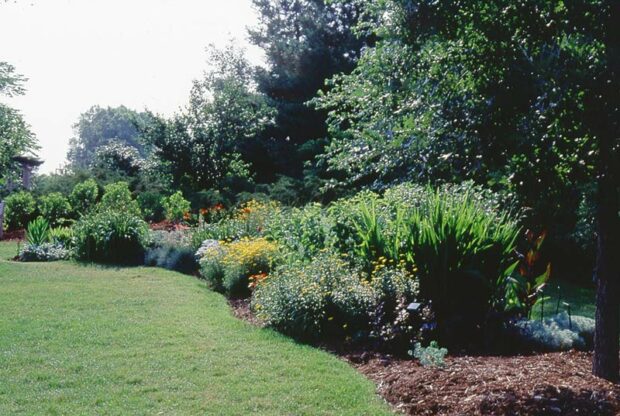
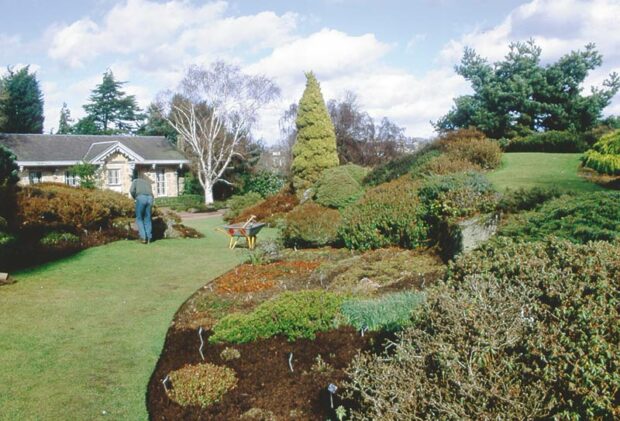
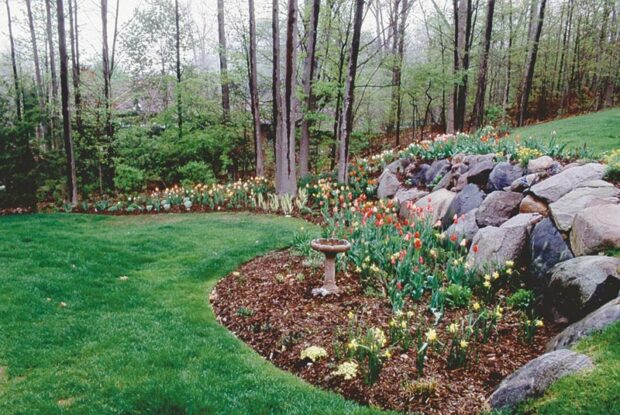
Text and photos by Steven Nikkila, www.gardenatoz.com.

